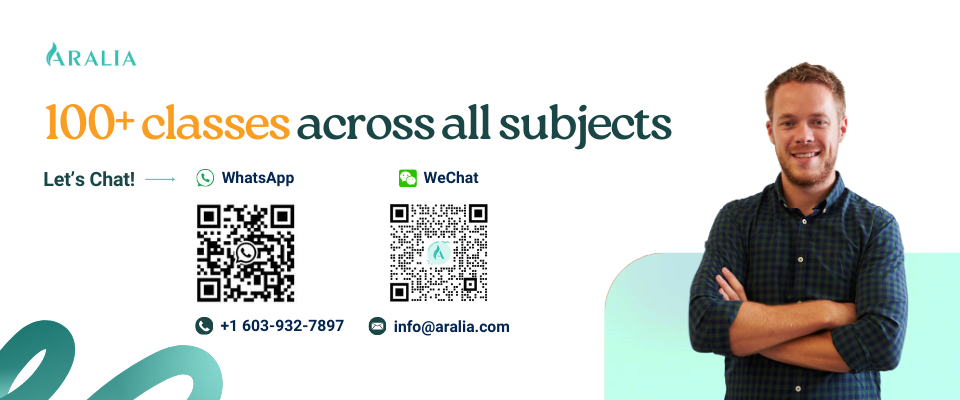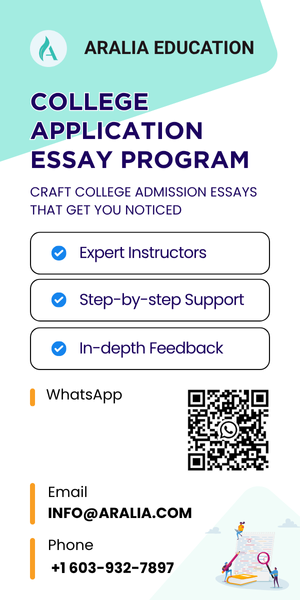1. Why AI Usage at Universities Became an Issue
Since the launch of ChatGPT and other generative AI tools in late 2022, the role of AI in education has become a widely debated topic. Students see AI as a valuable study companion, helping them brainstorm ideas, summarize readings, and explain complex concepts. Professors, however, worry about the originality of student submissions and the decline of critical thinking skills. This raised a pressing question: are students truly learning, or simply outsourcing their intellectual work to machines?
In response, many professors initially banned AI use in their courses and began to use plagiarism detection tools and AI trackers to ensure academic integrity. The goal was to preserve authentic learning and encourage students to engage in independent thought.
But as AI became more widespread, even adopted by universities to streamline teaching and administrative tasks, it was clear that banning AI entirely might not be a realistic solution. Instead, many institutions have started seeking ways to integrate AI responsibly into education rather than prohibit it.
Ready to Boost Your English Writing and Study Skills Responsibly With AI?
2. The Fine Line Between Acceptable AI Help and Academic Misconduct
One of the greatest challenges in regulating AI use in education is deciding what actually counts as “cheating.” Is running an essay through AI grammar-checking considered misconduct? What about using AI to brainstorm topics or outline ideas?
Some cases highlight just how complex this can get. For example, international students sometimes write essays in their native language and then use AI to translate them into English, unaware that AI often rewrites the text entirely, altering its tone and style. What they submit may no longer reflect their original work. Similarly, students often use AI for proofreading and editing, but have difficulty distinguishing between acceptable language polishing and unauthorized rewriting.
This lack of awareness can lead to situations where students unintentionally commit academic dishonesty. The boundary between acceptable assistance and misconduct remains difficult to define, and many students cross it without intending to do so.
Furthermore, AI detection tools are far from perfect. In fact, historical texts such as the Declaration of Independence, written in 1776, have been flagged by some AI detectors as over 98% AI-generated. As AI technology becomes more sophisticated, distinguishing between human-written and AI-generated work will only become more challenging.
3. Why AI Can’t Be Fully Prohibited in College Classrooms
AI is developing at an extremely fast pace and has become an inevitable part of human life. Its growth has been so quick that governments are now exploring ways to regulate and slow its development.
In education, the conversation cannot just revolve around preventing misuse. Beyond concerns over academic integrity and declining critical thinking skills, AI offers substantial benefits for both students and faculty.
Benefits for Students
- Personal Tutor: AI can explain concepts in different ways, helping students better understand difficult material when professors or tutors aren’t available.
- Learning Support: AI can help with note organization, brainstorming, and essay outlining, thereby facilitating critical thinking and improving learning outcomes.
- More Accessibility: Students with disabilities and international students benefit from features such as text-to-speech, real-time translation, and automatic summarization.
Benefits for Professors
- Efficient Course Preparation: Preparing teaching materials can be time-consuming, but with AI, professors can streamline the creation of quizzes, slides, and lesson plans.
- Administrative Support: Automating routine tasks, such as grading simple assignments and tracking student progress, with AI can help professors save time.
As many occupations now leverage AI to streamline tasks and improve efficiency, teaching students to use AI responsibly is not just about protecting academic integrity but also about preparing them for the future job market’s changing landscape.
Build a Standout College Application Essay with Aralia
4. How Universities Are Responding to AI in Student Writing
Rather than banning AI entirely, many universities are adopting a more nuanced and proactive approach to integrating it into education.
Examining the Use of AI
Schools are actively studying how students use AI and its impact on learning outcomes. For example, Duke University launched a Provost’s Initiative on May 23 to explore the opportunities and challenges AI brings to student life. The initiative encourages campus-wide discussions and will present recommendations in a report by the end of the Fall 2025 semester.
The initiative is organized around four pillars: Life with AI, Trustworthy and Responsible AI, Sustainability in AI, and Advancing Discovery with AI. As part of this initiative, Duke has also partnered with OpenAI to provide free, unlimited access to ChatGPT-4o for all undergraduates, as well as staff, faculty, and professional students in select schools.
Introducing Guidelines
Many universities are drafting clear AI-use policies to set expectations for both students and faculty.
At UC Berkeley, new guidance instructs professors to include explicit statements in their syllabi about AI use, whether it is encouraged, restricted, or prohibited. Meanwhile, Carnegie Mellon University, which has seen a significant rise in AI-related academic integrity violations, is emphasizing education by teaching students to use AI responsibly, be transparent with the process and extent of their usage, and avoid unintentional misconduct.
Schools are now focused not just on teaching students how to use AI, but also when, why, and under what circumstances it should be used. This approach ensures students gain practical AI skills while maintaining academic integrity.
Learning to Implement AI in the Classroom
AI is not only a powerful learning tool but also a valuable resource for university professors in enhancing their teaching. With AI, faculty can save time while introducing more engaging and effective learning methods, such as offering instant feedback or transforming traditional lectures into more dynamic mediums, such as podcasts and videos.
Major companies like Microsoft, OpenAI, and Anthropic are investing millions of dollars in AI training for the American Federation of Teachers, the nation’s second-largest teachers’ union. Through this collaboration between educators and AI innovators, professors can learn how to integrate AI responsibly into their classrooms and co-design learning experiences that elevate teaching quality and student engagement.
Learning to Use AI Responsibly with Aralia
Using AI responsibly has become an essential skill in today’s academic and professional world. Beyond schools and universities, even prestigious writing competitions like the Scholastic Art and Writing Awards now allow the use of AI in the creative process.
To help students thrive in an AI-future, Aralia offers a course designed to teach you how to integrate AI tools into academic and English writing in a responsible, effective, and ethical way. By exploring both the capabilities and limitations of AI, students gain the knowledge and skills needed to navigate the evolving landscape of digital writing with confidence and integrity.

Responsible Use of AI in Academic and English Writing
This Responsible Use of AI in Academic and English Writing course is designed to teach students how to integrate artificial intelligence (AI) tools into their academic and English writing processes responsibly, effectively, and ethically.









